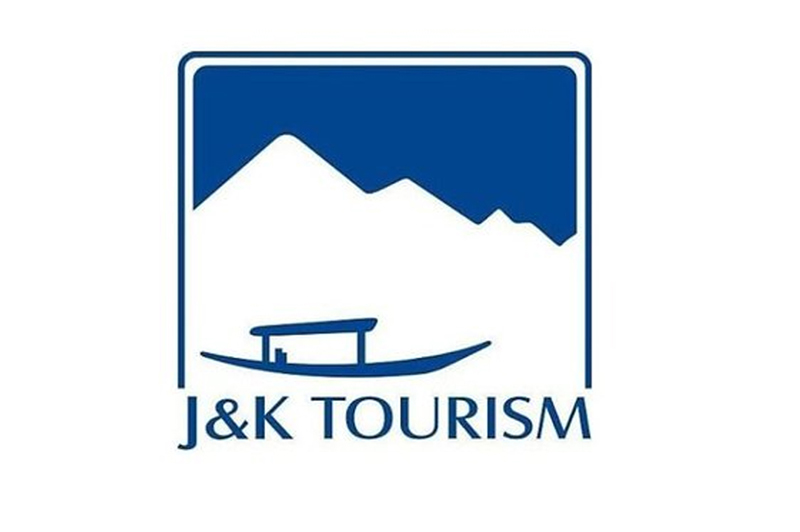Tourism development in Jammu and Kashmir has been an important focus of the Government for many years. To give impetus to the tourism industry in Jammu Division, the Lieutenant Governor of Jammu and Kashmir recently inaugurated the first Tulip Garden at Sanasar in the Jammu Division, which is spread over 40 kanals and contains 2.75 lakh tulip bulbs of 25 different varieties. This initiative is expected to boost tourism and trade activities in the region. The Lieutenant Governor emphasised the unique tourism potential of Jammu due to its natural beauty, rich cultural heritage, and warm hospitality and stated that the administration is committed to providing all necessary infrastructure and resources. As part of the “Tourism Mission,” the Government is developing 75 new destinations, 75 religious sites, 75 cultural and heritage sites, and 75 new tracks to open up new economic avenues and fulfil the aspirations of the people. The development of water parks and cultural centres in various locations is expected to boost employment and entrepreneurship. The Lieutenant Governor also emphasised the need for people-focused, inclusive, and sustainable development policies to create a better future for generations to come and highlighted that the administration is working for the common citizen with a participatory governance approach.
The administration has taken several measures to promote tourism in the region, including developing infrastructure such as roads, airports, and hotels, as well as promoting adventure tourism, pilgrimage tourism, and cultural tourism. Every aspect of tourism has been taken care of. The Government has also implemented several policies to attract domestic and international tourists, such as offering tax incentives to tourism businesses and promoting the region as a safe and welcoming destination. With this kind of infrastructural development, the UT of Jammu and Kashmir is a hotbed for investments, specifically in the tourism sector.
Jammu and Kashmir has no doubt become the most preferred tourist destination, and the development of unexplored destinations and caravan tourism will further boost tourism growth in the region. A budget of Rs 447 crore has been allocated to the tourism sector this year to modernise and transform Jammu and Kashmir into smart tourist destinations. Efforts are on to revive the cultural legacy by restoring and renovating Samba Fort, Hari Parbat and General Zorawar Singh Palace.
The Mansar rejuvenation plan has already been set up to promote the fusion of religious and nature tourism. Various proposed tourism projects are in the pipeline for Katra as well. Jammu Ropeway Project has been completed, and work is on for the Tawi River Front, Artificial Lake, and Jammu Zoo in Jammu only. The Basohli-Bani Tourism Development Authority is working on several projects, including the construction of tourist facilities and the promotion of adventure tourism. The Shri Shivkhori Shrine Board has been set up to develop the infrastructure around the shrine and promote religious tourism in the region. A memorandum of understanding has been signed for the refurbishment of food kiosks and resting shelters, existing ghats, beautification, the development of four meditation centres, and the construction of a reception centre with refreshment facilities. Mantalai Yoga Centre is also ready for yoga tourism. It comprises a tourist facilitation centre, a yoga and meditation complex, a wellness spa and ayurveda complex, eco-huts with solariums, a polyhouse with drip irrigation, an open-area amphitheatre, a helipad, etc.
Political instability and security concerns are things of the past now. The administration is actively working to promote tourism in the region. Despite various challenges, Jammu and Kashmir continue to attract a significant number of tourists, and the Government is committed to further developing the tourism industry in the region.
Facebook Comments Box

